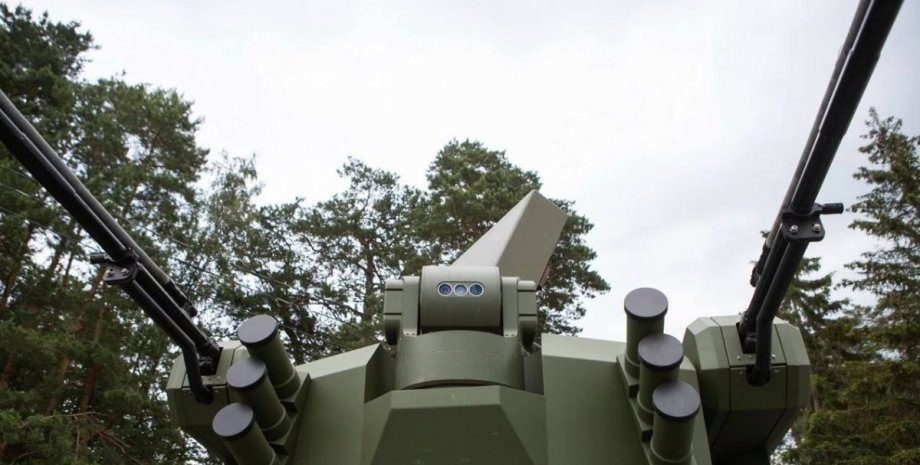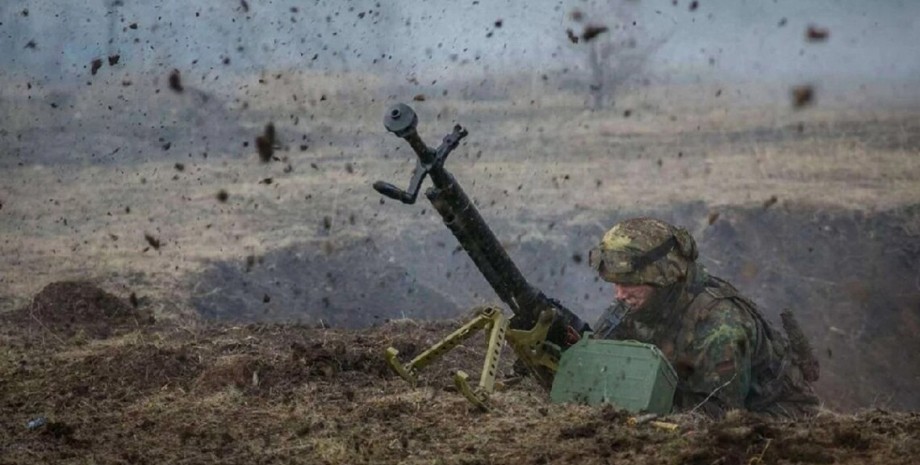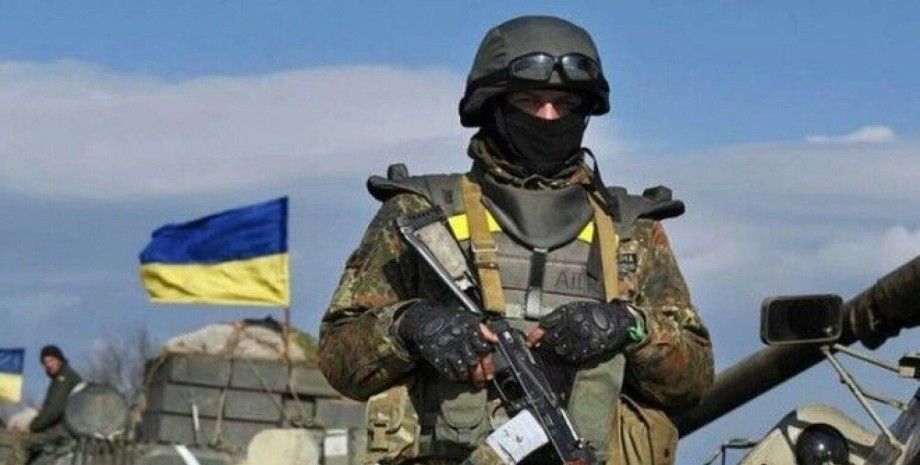
In focus, technology appeared its Telegram channel. Subscribe not to miss the latest and most intrusive news from the world of science! To test this hypothesis, researchers organized a comprehensive experiment with the participation of 108 participants, including both students and locals. Each participant had to throw the spear ten times, and then the same number of times to launch the atlatle. The analysis of the results showed that male students threw a spear at a speed of 8. 1 to 16.
1 m per second. In contrast, students reached a speed of 5. 1 to 11. 5 m per second. However, when the equation entered Atlatl, the dynamics changed. Men participants demonstrated their ability to run their shells at a speed of 10. 1 to 24. 1 m per second, while the participants showed a comparable speed in the range from 10. 1 to 20. 1 m per second. Researchers say: "Our results show that, unlike the spear, Atlatle evens out the speed of shells running by women and men.
" This observation, for its part, suggests that in a distant historical context, the transition from throwing a spear to Atlatle and Drotik could potentially unite rather than divide labor roles. The author of the study, Michelle Bebber, believes that the invention of Atlatle could be a matter of women's hands in certain contexts. This discovery has profound consequences, changing our understanding of gender dynamics in societies of hunters.
It challenges the dominant idea of the exclusively the male role of hunters and proves that women have in fact played an active and successful role in hunting hunting of different scale. Bebbber states: "Many people tend to consider women in the past passive and that only men have been hunters, but it seems more and more often that it is not so.










All rights reserved IN-Ukraine.info - 2022